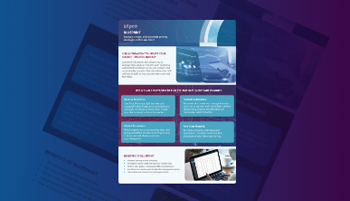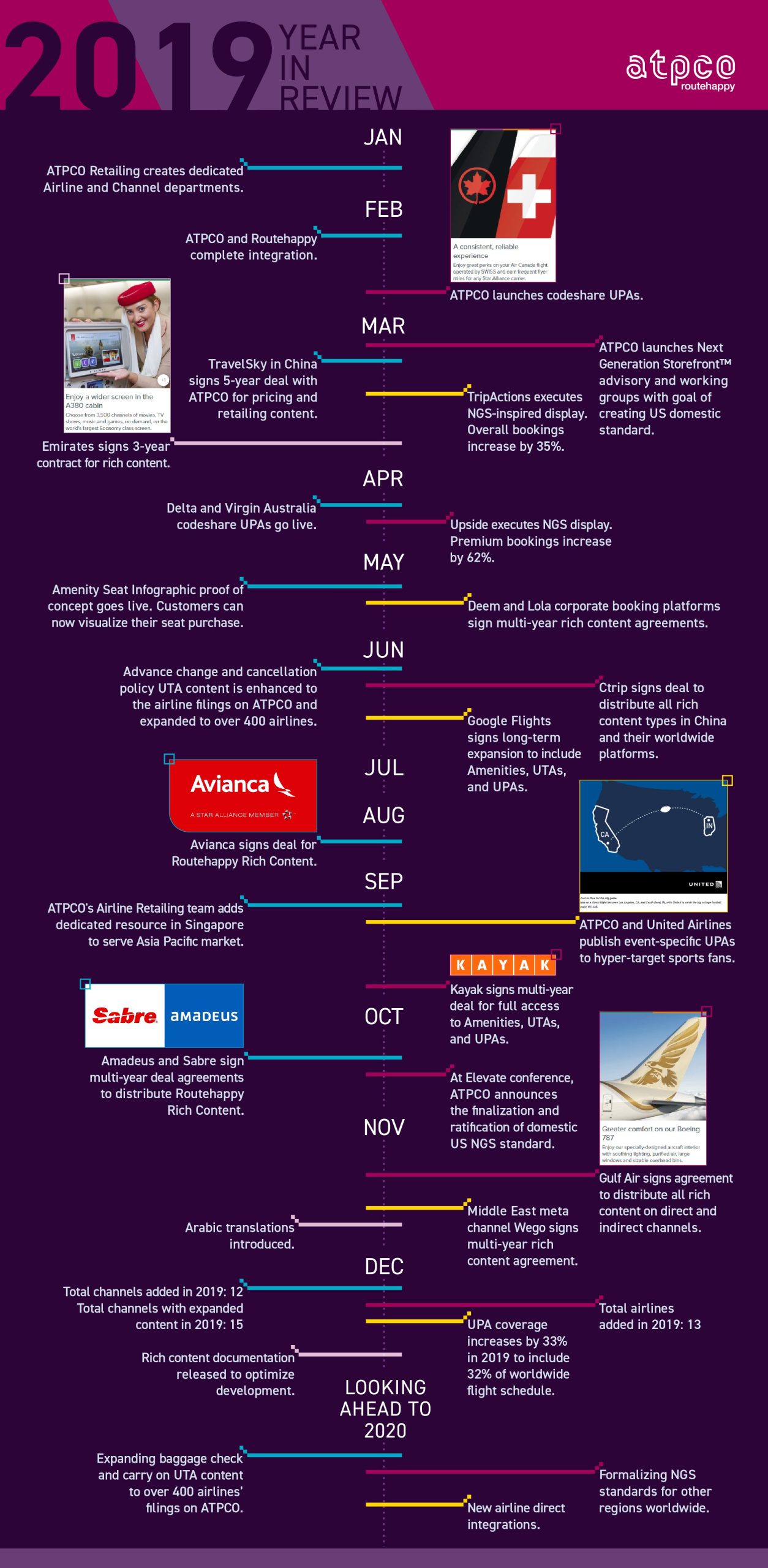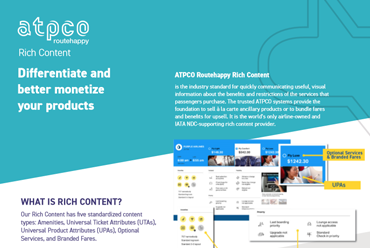LEARNING
Resources
Let’s learn together with these airline industry resources
Explore our airline industry resources

- Schedule
Find out the days and times that ATPCO distributes data files

- White paper
There’s only one way to solve problems for millions of travelers at once. Read the results of our investigation in this white paper.
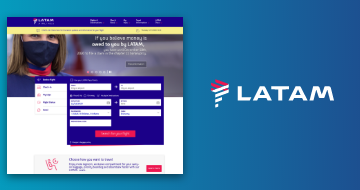
- Case Study
LATAM set out on a journey of digital transformation focused on creating clean, modern aesthetics and a customer-centric user experience on their direct channels, both desktop and mobile. The airline tasked a team of engineers, web developers, UX designers, and marketing strategists to focus on building a new website and

- Case Study
Hopper, the mobile app featuring a cute pink rabbit, is bucking industry trends thanks to both its younger, more leisure-focused customer base and its nimbleness in partnering to provide products that offer flexibility and peace of mind. As US flight bookings began to increase following their industry-wide April low, Hopper’s bookings

- Solution sheet
ATPCO signs groundbreaking retailing agreements with Amadeus and Sabre to integrate and distribute full Routehappy Content to sales channels worldwide.
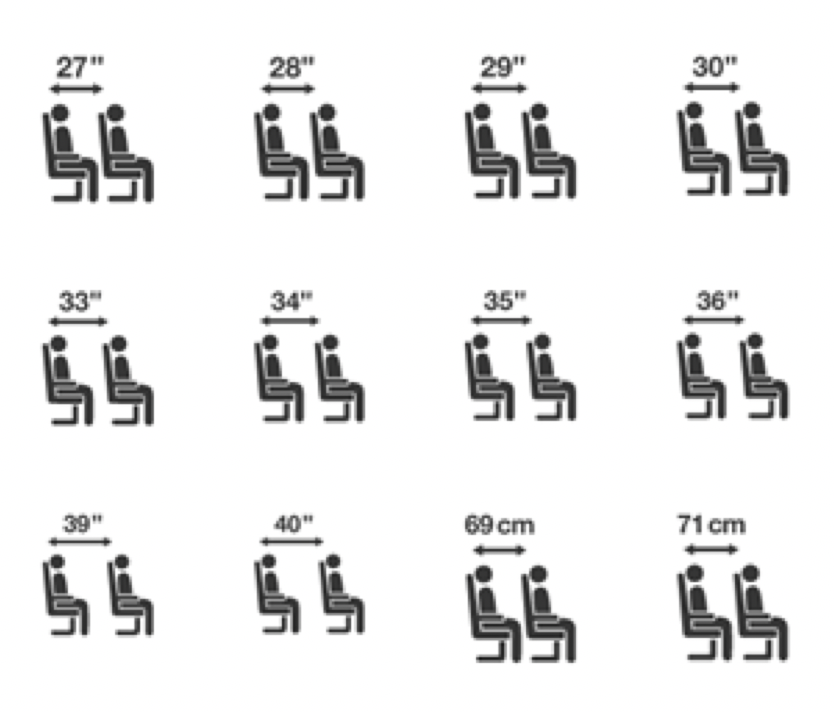
- Guide
The Seat Infographics are a visual representation of the seat product and is available as a Scalable Vector Graphic (SVG). SVGs are two-dimensional, vector-based files that will not lose clarity at any resolution or size. You can also style SVG files (for example, change their size or color) using CSS
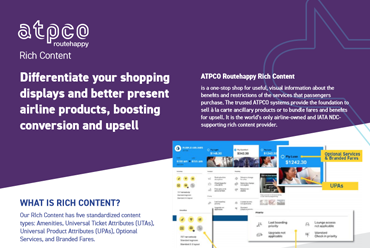
- Solution sheet
Differentiate your shopping displays and better present airline products, boosting conversion and upsell


